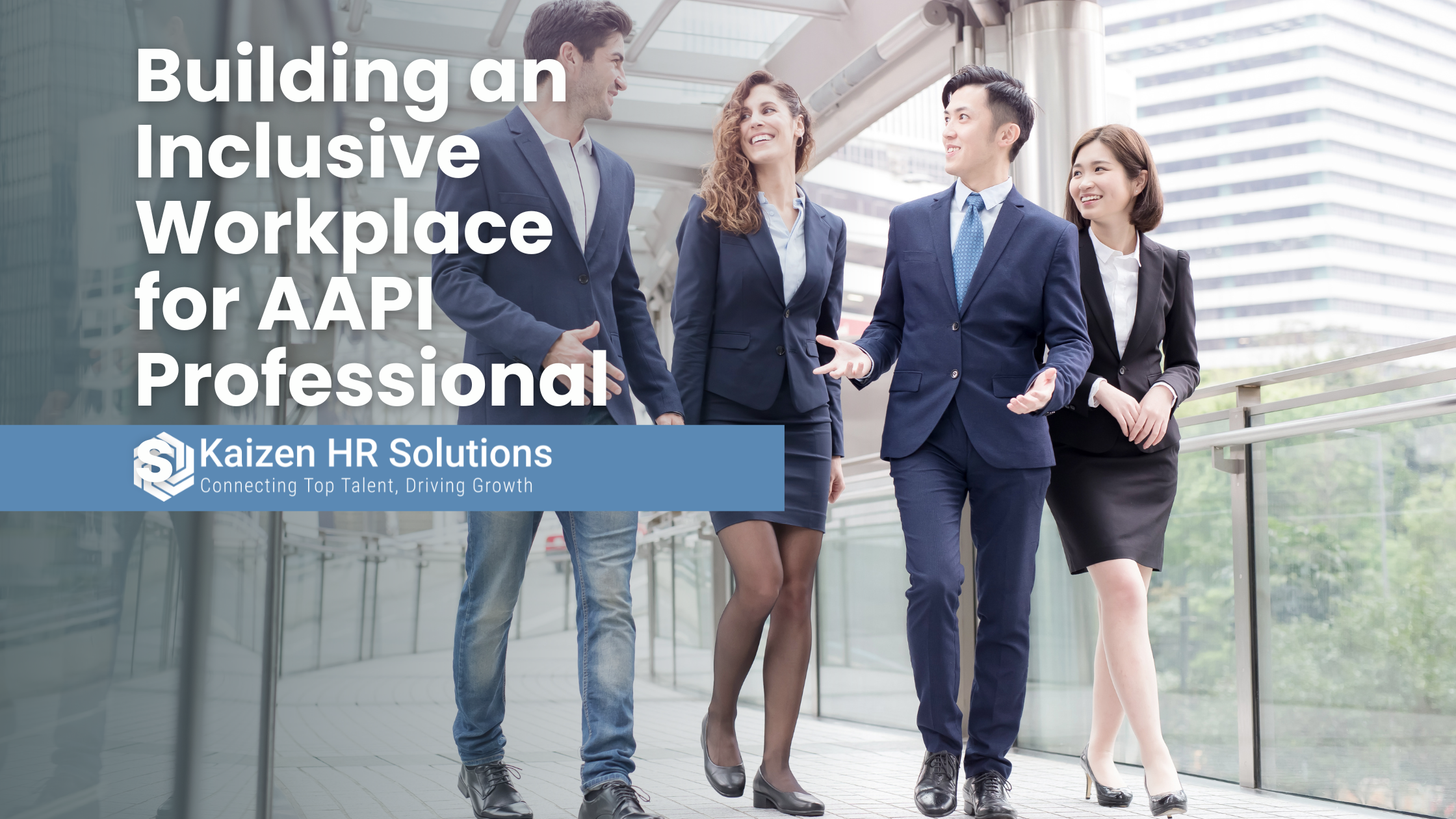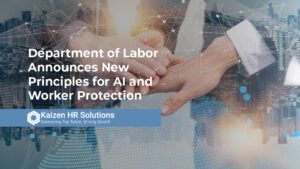This May, the U.S. honors AAPI (Asian American/Pacific Islander) Heritage Month. This month offers a timely opportunity to have much-needed discussions about the AAPI experience in the workforce. If we truly want to recognize and support our AAPI colleages, we must understand the challenges that members of this group face and how our organizations can address them.
Not Your “Model Minority”
There’s a good chance you’ve encountered the “model minority” myth of Asian Americans: the stereotype that they are somehow “wired” for excellence or that they just work so hard that of course they excel. This stereotype, like any generalization, fails to account for the enormous diversity of experiences within the AAPI community. In fact, it often obscures the very real challenges they face in pursuing workplace excellence and advancement.
In fact, Asian Americans have the highest income inequality of any racial group in the United States. This is, at least in part, due to the group’s overrepresentation at both ends of the income spectrum, with Asian Americans overrepresented in both low-paying jobs (manicurists, cooks, etc.) and high-paying jobs (software development, computer programming). Even when they’re in high-paying, high-profile roles, Asian Americans remain underpaid, making approximately $0.93 for every $1 earned by a White colleague. Asian Americans of all backgrounds (East Asian, Southeast Asian, South Asian, etc.) also report perceiving significantly lower levels of inclusion, but the stereotype of their “excellence” can often obscure their frustrations.
A related concern for many AAPI professionals is how these “model minority” traits frequently combine to stymie their leadership ambitions. Perceived as both “hard workers” and “perpetual foreigners,” AAPI professionals often get stuck at lower rungs on the ladder. Research by McKinsey found that the share of Asian American representation continually decreases at higher and higher levels of leadership: Asian Americans account for 9 percent of senior vice presidents, but they get just 5 percent of promotions from senior vice president to the C-suite, and Asian American women make up less than 1 percent of these promotions.
The Diversity of the AAPI Experience
The vast umbrella of Asian American/Pacific Islander includes an enormously diverse array of identities, cultures, traditions, and backgrounds. Despite this fact, the AAPI experience is often flattened, stereotyped, or oversimplified, ignoring just how diverse the group truly is – and, in turn, how diverse their needs and experiences are. And yet, they also share certain experiences: being the “only one” in a sea of non-AAPI individuals, or being questioned about where they’re “really” from. True inclusion for AAPI professionals means breaking free of these monolithic ideas and appreciating their diversity.
“When I was growing up, I don’t believe the term “AAPI” existed. I often would be asked by those I met where I was from, and when I would answer that I was from Seattle, they would respond, “No, where are you really from?” And when people would talk about minorities, often they would refer to African Americans and those of Latino descent, but not Asian Americans. It would make me feel invisible,” Clayton Park, business editor at the Daytona Beach News-Journal told USA Today.
“What AAPI heritage month means to me is celebrating the harmony created from the songs of my cultures. It seems that I am American when I am in the Philippines, but I am Filipina when I am in America. I don’t think there should be a dissonance between the two,” Ari Latras, a client success manager at Gannett, also told USA Today. “Recognizing that our identity is multidimensional and uplifting that multidimensional-ness is what makes society so rich.”
How Organizations Can Work for Change
A more complete understanding of the AAPI experience can help organizations better address their concerns and needs in the workplace. Building a supportive, inclusive culture can include a variety of actions, including:
- Looking at more specific data about individual AAPI groups and tailoring actions more specifically
- Advocating for and strongly supporting mentorship and career advancement opportunities for AAPI employees
- Ensuring AAPI inclusion in diversity, equity, inclusion, and belonging initiatives
- Evaluating where implicit bias affects AAPI promotions and career development, and implementing strategies to remove those roadblocks
- Educating employees on microaggressions and bias, and ensuring there is a clear, effective system in place to address these instances so that AAPI employees can have a safe, inclusive workplace
AAPI Heritage Month is just for one month each year, but companies can and must work to improve workplace experiences for their AAPI employees all year round.







